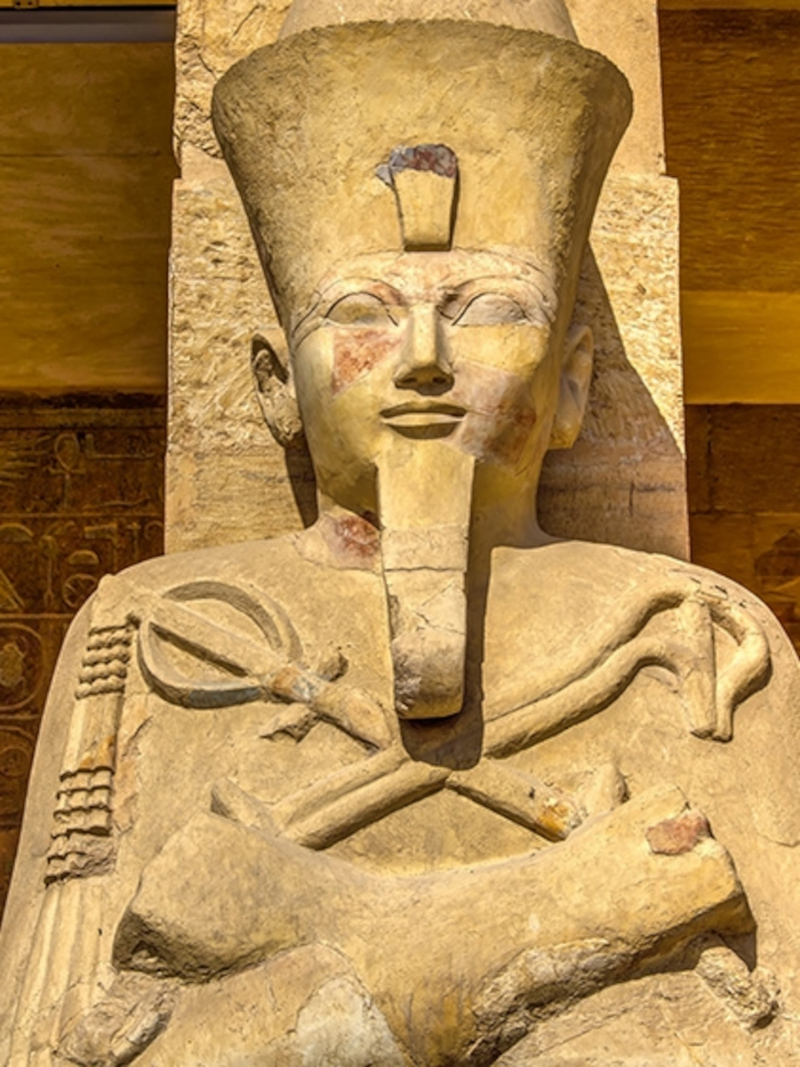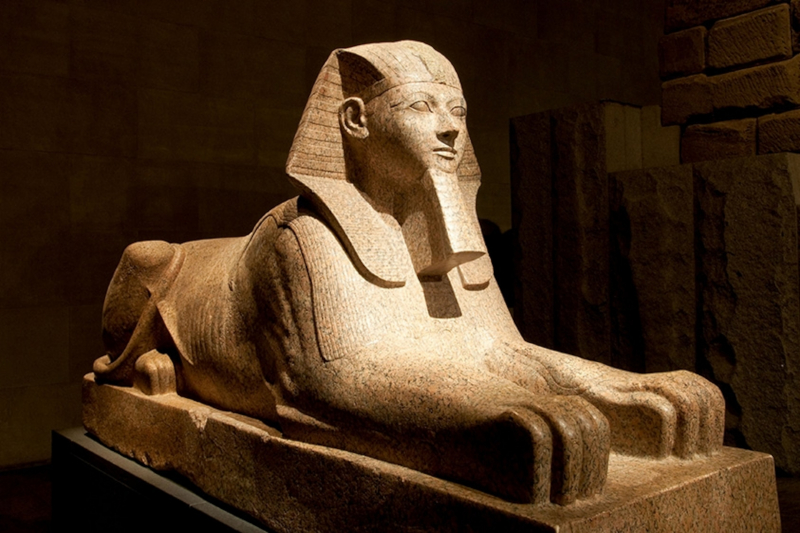Hatshepsut
Hatshepsut, the fifth Pharaoh of Egypt's eighteenth dynasty, was born in 1507 BC. She took on the role of regent and controlled the throne as Thutmose II's wife following his death. When her husband Thutmose II passed away, Hatshepsut continued to govern Egypt until Thutmose III, his son, and the rightful heir reached adulthood. The only daughter of Thustome I and Ahmose, Hatshepsut, therefore, continued her bloodline as Thutmose III's regent and assumed the throne in 1479 BC.
After ascending to the throne as pharaoh, Hatshepsut started to portray herself as a man, complete with a false beard, kingly attire, and a crown. Although it could have appeared that this was a ruse, it wasn't! It was a means of her establishing her dominance as the female monarch. She governed Egypt for twenty years, during which time the country experienced prosperity. She didn't struggle for new territory as previous leaders did; instead, she concentrated on boosting the economy and creating and repairing monuments. The country's economy flourished while she was in charge.
Egypt had peace and prosperity under her rule. The trades were revived, and the Egyptian populace enjoyed a higher quality of life. Under her direction, a lot of structures and harbors were constructed, which economically assisted in raising Egyptians' standards of living. After twenty-one years, her reign came to an end on January 14, 1458 BC, when she passed away. After she passed away, Thustome III eventually demolished all of her artwork from temples and other structures.
Born in: 1507 BC












